You have gone to buy and install your choice satellite pay-TV service and you were advised to buy a 90 cm diameter satellite dish pan. Maybe you wish to install a DStv and you are told that even a small sized satellite dish of about 60 cm can sufficiently receive DStv signals. You may ask, what has the size of a satellite dish pan got to do with the pay-TV signal strength and quality?
The signal strength and signal quality of your digital satellite pay-TV has got everything to do with the size of your satellite dish pan. See how this post highlights how the size of your satellite dish affects how much of signal you receive on your decoder or set-top box.
From my explanations from a previous post on “Why Bad Weather Distorts your Satellite TV signals and How to Stay Connected“, the technology of satellite TV transmission and reception follow series of up-linking and down-linking of propagated signals from one sky or earth satellites as the case may be.
WHAT HAPPENS WHEN YOU POSITION YOUR SATELLITE DISH TO GET SIGNALS
The satellite TV signals that strike your satellite dish, which you receive in your decoder is the final process of signal transmission or final down-linking.
In the diagram above, you can see how in-bound signals from the space satellites (for DStv, it is Eutelsat W7) strike the satellite dish pan mounted in your home. They are redirected accordingly by the curved surfaces of the satellite dish, directly to the LNB. The LNB is that small camera-like object mounted at the tail end of the satellite dish. The function of the LNB in all satellite dish is to capture the redirected signals and transmit same through the Coaxial / RF wire to the decoder.
Recall that the wires are connected to all other devices by the help of a small tool called the F-Connector.
Therefore when you use a small surface satellite dish for any satellite TV installation, the smaller surface area available for in-bound signals to strike results in small or weak captured signals received by the decoder.
In factor is the global position of your location in relation to the transmitting space satellite within your earth orbit. The rotation of the space satellite in its orbit sends varying intensity of signals to earth hence, if small intensity of satellite signal is received in your location by default, you would require a large size satellite dish pan to capture a sufficient quantum of signal to relay that particular satellite TV service.
This is why such services like the NileSat, ArabSat etc are comfortably received in the Northern part of Nigeria and generally the northern hemisphere unlike down the eastern and southern hemisphere where you would require a larger size satellite dish pan to be able to capture a workable signal for these services.
Another clear instance is the Kwese TV, which requires a 90 cm diameter satellite dish or above to be able to capture the Kwese TV digital signals.
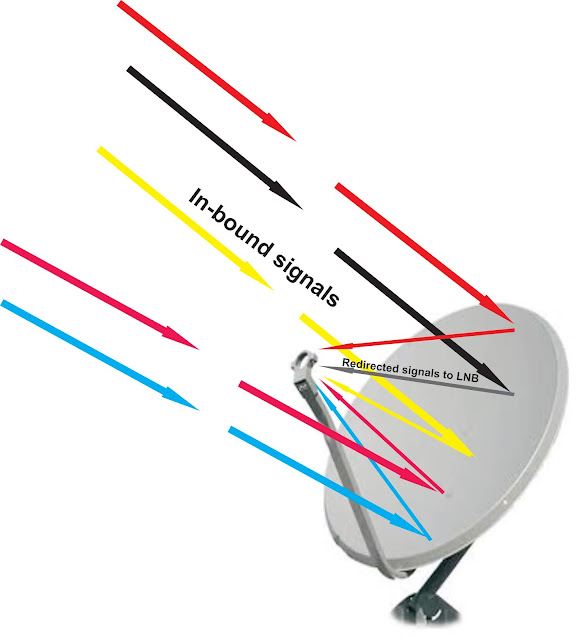
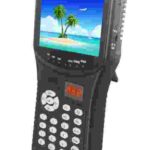

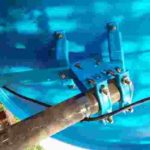
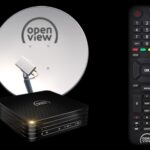
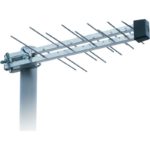

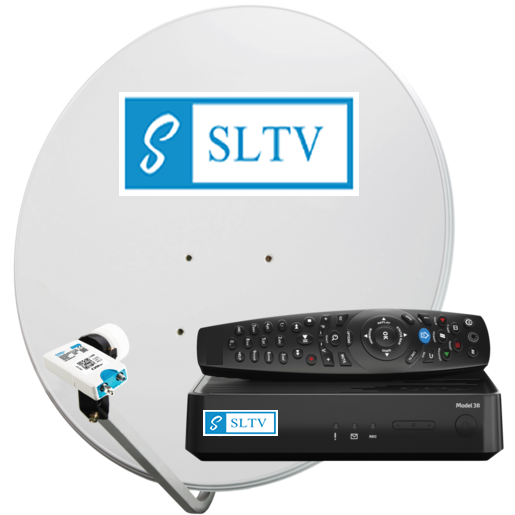
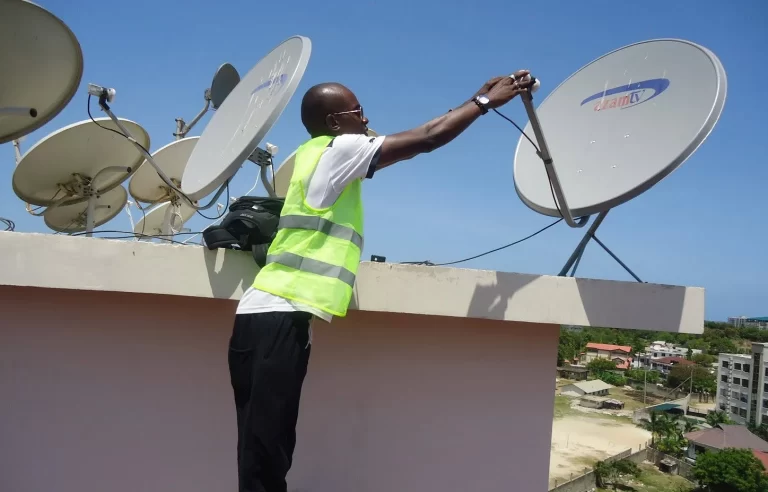
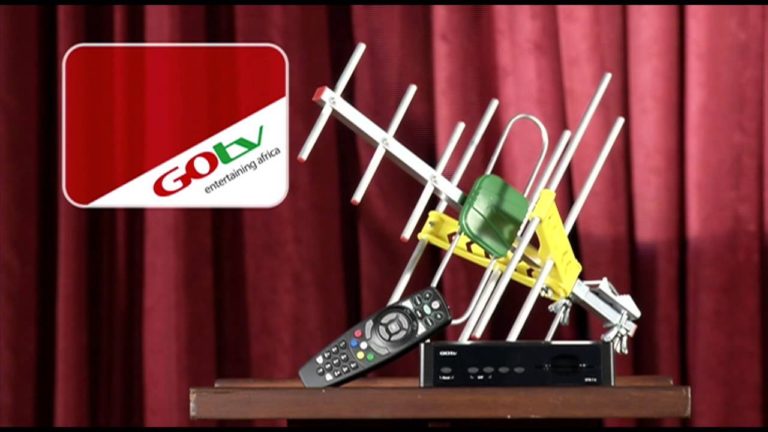
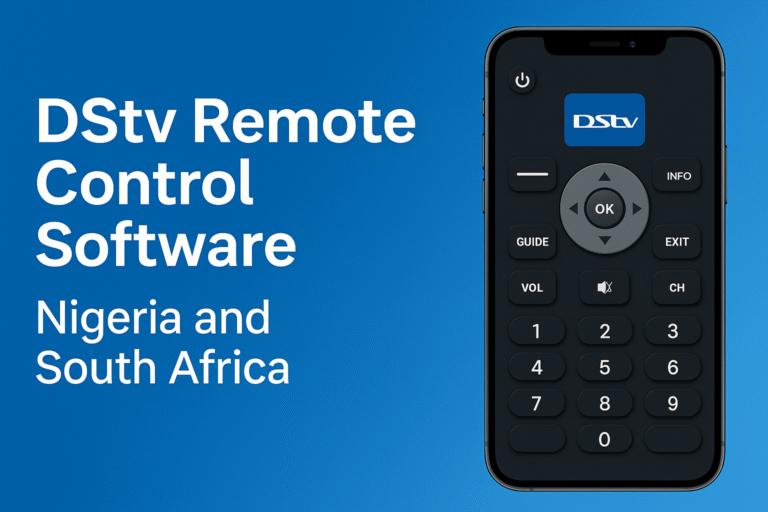

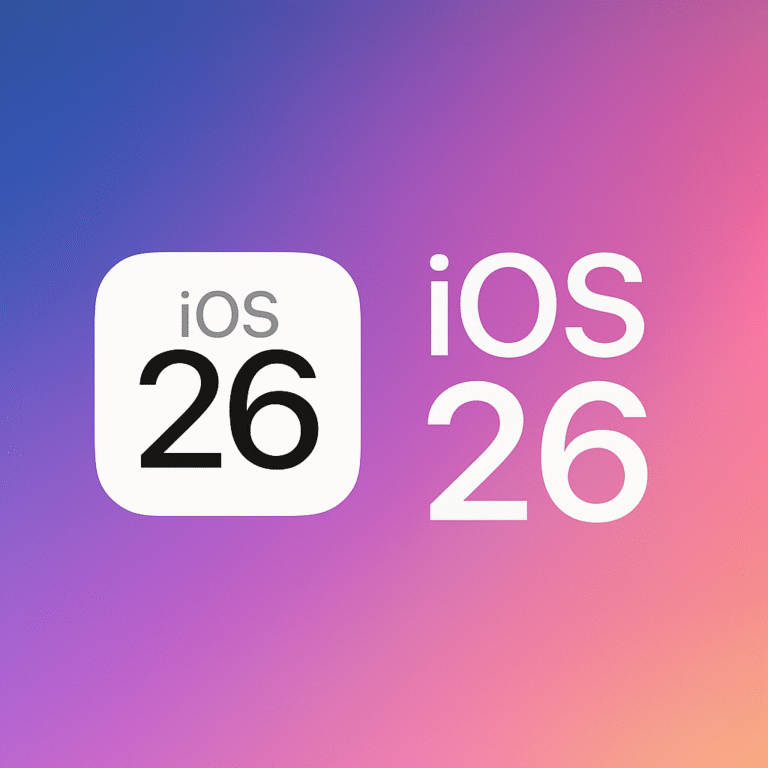

Is this Free to air